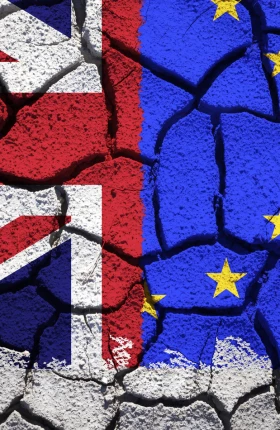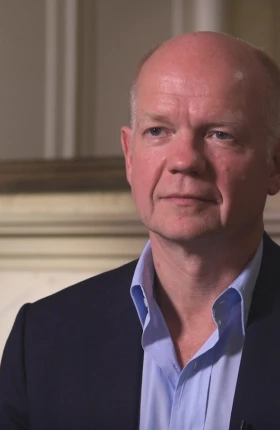This article was published in the immediate aftermath of the British referendum to leave the European Union. A more detailed article was published on HBR.org and A CEO’s Guide to Navigating Brexit .
Business leaders are asking what impact yesterday's Brexit vote will have on companies and industries. Here’s what we know so far, including possible economic consequences and related implications—as well as a checklist of what leaders should be doing right now. Although some details about the process of the UK’s exit from the European Union remain foggy, one thing is clear: mastering strategy amidst uncertainty will be more important than ever.
What exactly happened?
- The UK voted by a 3.8% point margin to leave the European Union.
What is likely to happen next?
- The UK must initiate exit from the EU by triggering article 50 of the Lisbon Treaty, but the arrangements are unclear.
- Through the negotiations, the UK may seek to join the EEA (European Economic Area) or the EFTA (European Free Trade Area), or negotiate separate free trade agreements.
- It will likely take several years to negotiate the exit and create new agreements—implying that although little will change immediately, a protracted period of economic uncertainty is highly likely.
What are the likely economic consequences?
- The majority of economists believe that the net economic impact on the UK will be negative, in the range 3 to 8 percentage points of GDP.
- The UK represents only 3% of world trade, and it is far from guaranteed that it will be able to recreate that level of trade (with the EU and beyond) and other benefits of EU membership. In addition, the EU may seek to discourage further departures by not easily negotiating a favorable exit. Knock-on effects could make the impact bigger. (See below.)
- These impact forecasts appear to be vindicated by the immediate reactions of stock and currency markets, which are highly volatile in early trading.
- A protracted period of uncertainty and volatility seems very likely on many dimensions, including on growth, trade, investment, interest rates, and financial markets—not to mention the impact on immigration and legal arrangements.
What are the plausible knock-on implications?
- Political uncertainty
- Constitutional questions in the UK, given the discrepancies in the votes of different regions—such as Scotland, the majority of whose voters wanted to remain in the EU
- The possibility of other EU countries wanting to follow in the UK's footsteps
- An acceleration of the politics of discontent and protectionism, which are already evident in the US and elsewhere, potentially adding to a further slow-down in economic growth and trade and further fueling economic uncertainty
How to think about industry- and company-level implications?
- The dependence of each sector and company on UK and EU production, demand and trade; global trade; and regulation and transfers from the EU (for example R&D subsidies) are very different.
- Therefore each company needs to carry out (or now take to the next level) its own specific impact analysis.
- It is impossible to forecast with confidence since exit terms, timing, and knock-on implications are uncertain. Therefore we recommend a scenario-based approach to planning—one that models multiple outcomes.
- Plausible scenarios may include impacts under, for example, high/low growth, high/low trade, and fast/slow resolution of political uncertainty in both the UK and beyond.
What leaders should be doing and messaging right now: a checklist
- Inform employees and stakeholders of the industry and company specific facts, such as liquidity, stability of existing trading arrangements, and more.
- Create confidence by showing that issues are being carefully considered; define the process.
- Confirm that this will take time. Emphasize that little is likely to change in the short term in legal, employment, and trading arrangements.
- Carry out detailed industry and company assessments. Run scenarios. Design contingencies and reflect results in strategies for growth, geographical footprint, global supply chain, and risk strategies.
- Don’t let a communication vacuum appear. Keep talking about progress against goals.
Longer term, how do business dynamics change under uncertain conditions in uncharted territory?
- A renewed emphasis on strategy under uncertainty, with a focus on flexibility, adaptiveness, and resilience
- An emphasis on economic and political analysis. Business is embedded in and highly sensitive to macro and political dynamics. Macroeconomic and political analysis will be critical.
- New innovation and growth strategy. Brexit comes on top of depressed growth rate prospects, and the emphasis should be on proactively creating growth options—not merely participating in markets.
The BCG Henderson Institute (BHI) is BCG's vehicle for exploring new ideas from within and beyond business. Its mission is to inspire the CEO's next game. The Center for Macroeconomics (CME) is part of BHI and provides a point of view to leaders on the corporate implications of macroeconomic trends and events.







